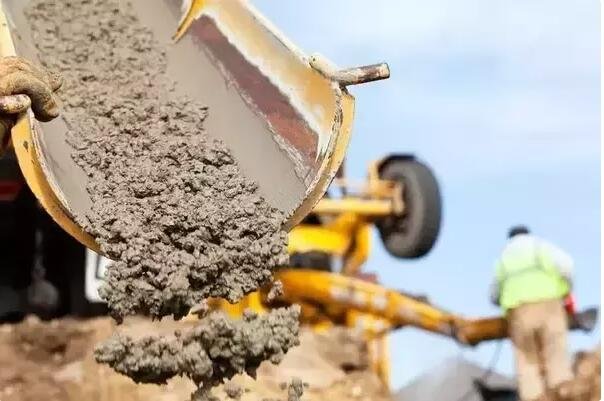Silica fume, a byproduct of silicon metal or ferrosilicon alloys, is a highly reactive pozzolanic material that has gained significant attention in the construction industry, particularly for enhancing the performance of concrete and cement. Its unique properties make it an ideal additive for various applications where strength, durability, and resistance to aggression are paramount.
What is Silica Fume?
Silica fume, also known as microsilica, is an ultra-fine powder consisting of spherical particles with a diameter of less than 1 micron. When mixed with concrete or cement, it reacts with calcium hydroxide to form additional calcium silicate hydrate, which enhances the density and strength of the final product. This makes silica fume a popular choice for high-performance concrete formulations.
Specifications of Silica Fume
Silica fume is available in various grades, each suited for specific applications. The key specifications include:
- Silica Content: Typically ranges from 85% to 96%, influencing the material’s pozzolanic reactivity.
- Particle Size: Average particle size is less than 1 micron, contributing to the material’s high surface area.
- Density: Ranges between 220 to 750 kg/m³, affecting the dosage and mixing process.
- Specific Surface Area: Generally exceeds 15,000 m²/kg, enhancing its reactivity.
Types of Silica Fume
There are two primary types of silica fume used in construction:
- Densified Silica Fume: This form is compacted to reduce dustiness and improve handling.
- Undensified Silica Fume: This version is more aerodynamic and may require careful handling due to its fine nature.
Dosage Recommendations
The dosage of silica fume in concrete typically ranges from 5% to 15% by weight of cement. The exact amount depends on the desired properties of the concrete mix:
- 5-10%: Commonly used for enhancing strength and durability in standard concrete applications.
- 10-15%: Recommended for high-performance concrete, especially in demanding environments such as bridges and high-rise buildings.
It is crucial to conduct mix design trials to optimize the silica fume content based on the specific project requirements.
Benefits of Using Silica Fume
Incorporating silica fume into concrete and cement mixes offers numerous advantages:
- Increased Compressive Strength: Silica fume can significantly enhance the compressive strength of concrete, making it suitable for structural applications.
- Improved Durability: The denser concrete matrix reduces permeability, enhancing resistance to chemical attacks, freeze-thaw cycles, and abrasion.
- Reduced Shrinkage: Silica fume helps minimize shrinkage cracking, leading to longer-lasting structures.
- Enhanced Workability: The spherical shape of silica fume improves the flowability of the concrete mix, making it easier to work with.
- Environmental Benefits: Using silica fume as a partial replacement for cement reduces the carbon footprint of concrete production.
Risks and Considerations
While silica fume offers many benefits, there are also risks and considerations to keep in mind:
- Health Risks: The fine particles of silica fume can pose respiratory hazards if inhaled. Proper protective equipment should be used during handling.
- Mixing Challenges: The high specific surface area may require adjustments in water content and admixtures to achieve the desired workability.
- Curing Requirements: Concrete containing silica fume may require extended curing times to achieve optimal performance.
Quality Assurance Tips
To ensure the effective use of silica fume in concrete and cement applications, consider the following quality assurance tips:
- Source Quality Material: Always procure silica fume from reputable suppliers to guarantee consistency in quality.
- Conduct Performance Tests: Regularly test concrete samples for compressive strength, durability, and shrinkage to ensure compliance with project specifications.
- Monitor Mixing Procedures: Ensure proper mixing techniques to achieve uniform dispersion of silica fume within the concrete mix.
- Implement Safety Protocols: Provide training and safety measures for workers handling silica fume to mitigate health risks.
Practical Use Cases of Silica Fume
Silica fume is utilized in various applications across the construction industry:
- High-Performance Concrete: Used in structures requiring exceptional strength and durability, such as bridges, parking garages, and high-rise buildings.
- Shotcrete: Silica fume enhances the performance of shotcrete, improving adherence and reducing rebound.
- Oil Well Cementing: Silica fume is used in oil well cementing applications to improve the cement’s resistance to high temperatures and pressures. Check out our microsilica for oil well products.
- Refractory Applications: Silica fume is also used in refractory materials for high-temperature applications.
Contact US
Silica fume is a powerful additive that can significantly enhance the performance characteristics of concrete and cement. By understanding its specifications, benefits, risks, and proper application techniques, construction professionals can leverage this material to produce high-quality, durable structures. Whether you are considering silica fume for concrete, cement, or other applications, it’s essential to work with a knowledgeable supplier who can provide the right products and support.
If you’re interested in exploring how silica fume can enhance your next project or want a tailored quote, reach out to us at sales@superior-abrasives.com. Let’s work together to build something exceptional!



